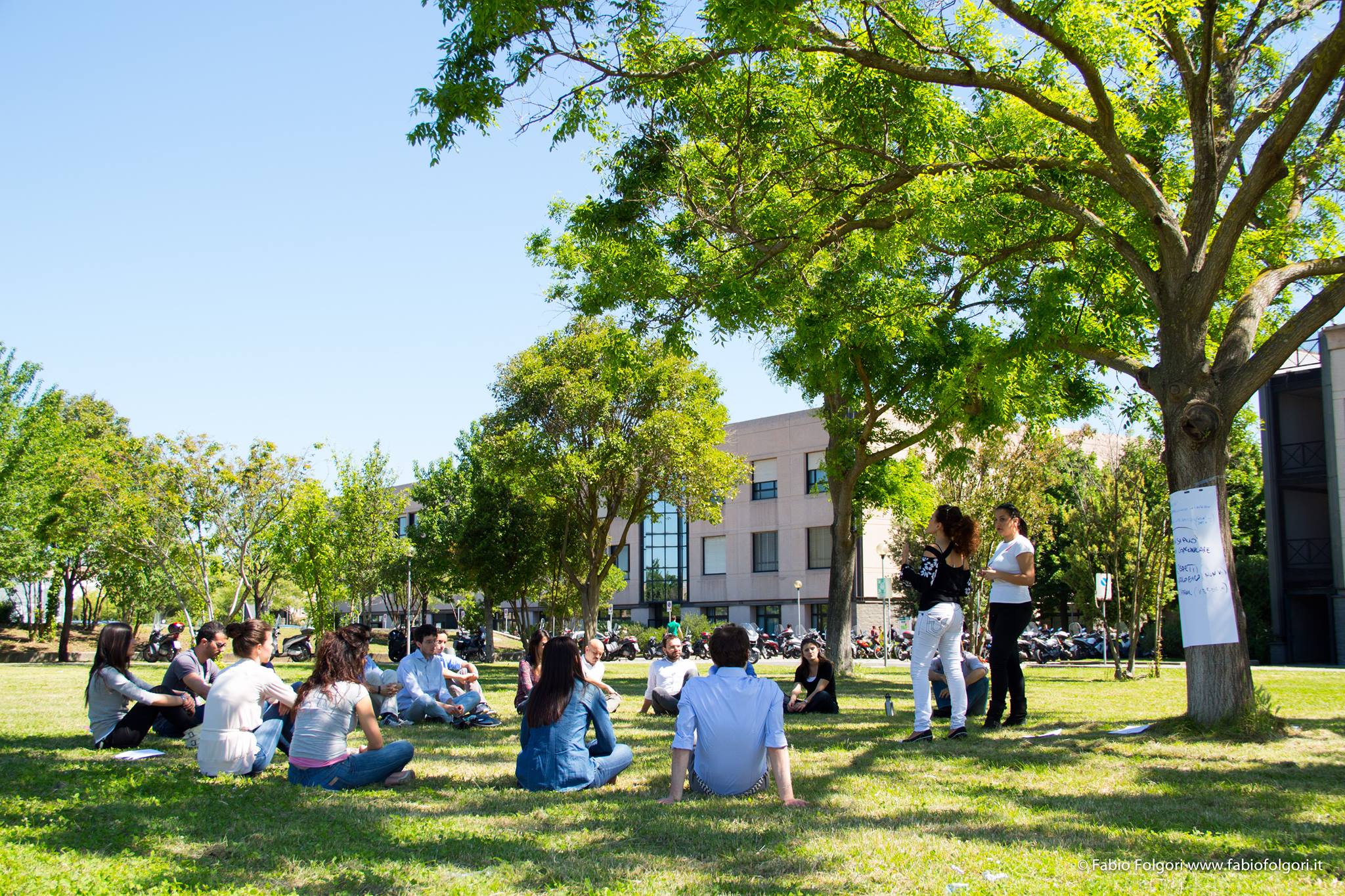WELCOME TO ROME
Presentation of the University
Established in 1982, Tor Vergata University of Rome offers six schools: Economics, Engineering, Humanities and Philosophy, Law, Medicine and Surgery, and Mathematics, Physics and Natural Sciences. These schools are located on a vast 600-hectare campus, each equipped with its own library, teaching and research facilities, reading rooms, laboratories, canteens, and green areas, providing students with a genuine campus life experience.
In the 2024 QS World University Ranking, Tor Vergata University maintains its position among the top 500 universities globally, ranking 489th, slightly improving from 494th the previous year. This achievement is notable given the increasing number of universities surveyed annually. In the Times Higher Education (THE) rankings, the university is placed in the 351-400 band out of 1,799 universities. Nationally, Tor Vergata ranks 14th among 56 Italian universities.
Tor Vergata University engages in numerous joint research programs and holds over 500 bilateral agreements with partner universities worldwide. These collaborations offer excellent Erasmus+ opportunities, overseas study scholarships for undergraduate and graduate students, and joint research ventures.
The university fosters an ongoing dialogue with institutions and businesses, supporting the creation and development of innovative enterprises. Tor Vergata’s Startup Incubator, available to students free of charge, aids those looking to start or grow entrepreneurial ventures.

ABOUT THE UNIVERSITY
The academic calendar gives an overview of the dates of the academic year and public holidays.
Our Staff welcomes international students in September, helping and supporting them with Stay Permit and other administrative issues necessary to study in Italy. We also provide information about life at Tor Vergata, public transportation, bank accounts, and other useful services for students.
Click here for information about the application procedure.
Ensuring you possess a health insurance valid in Italy is essential when applying for a residency permit.
For students who have secured an insurance policy from their home country, validated by the Italian consulate before their departure, this can suffice for the first application of their stay permit.
However, for those without pre-approved insurance, two options are available upon arrival in Italy: either enrolling with the National Health Service (SSN) or acquiring a private insurance policy.
In Roma there are several options for students to find accommodation. Typically, students either rent a room in a flat shared with other students or they live in student housing. Rents in the private market are often high and owners generally ask for guarantees, which is not always easy to provide, especially when you come from abroad.
Tor Vergata among others suggests the following solutions for accommodations:
Click here for more information about mobility at the University of Rome Tor Vergata or send an email.
ABOUT THE DESTINATION
Rome was founded in 753 BC. The city’s name is derived from Romulus, the twin brother of Remus. According to legend, both were adopted by a she-wolf, which is now a prominent symbol of the city. Rome is world-renowned for its monuments, churches, streets, and cuisine. However, not everyone is familiar with the nearby Castelli Romani, where Tor Vergata University is situated. This group of charming towns in the Alban Hills, southeast of Rome, offers a delightful blend of natural beauty, historical significance, and cultural richness.
Rome is home to approximately 900 churches, making it one of the cities with the highest concentration of churches in the world.
Football is the most popular sport in Rome. The city is divided in its support for two major teams: SS Lazio and AS Roma.
Rome enjoys a Mediterranean climate with mild, rainy winters and hot, dry summers. Spring and autumn offer pleasant temperatures, making them ideal seasons to explore the city.
The official currency is Euro. ATMs are widely available and credit cards are accepted in most establishments (restaurants, shops, bars, etc.).
Italian is the official language, but English is spoken, especially in business and tourist areas.
By train
From Termini Station (Rome’s main train station):
- Take the FL2 regional train (Rome–Tivoli line) and get off at Tor Vergata station. From there, you can either walk (about 20-30 minutes) or take a local bus (like line 506 or 509) to reach the university campus.
By Metro and Bus
Take Metro Line A towards Anagnina (the last stop).
From Anagnina station, catch a bus — the most convenient are lines 20 or 500 — which go directly to the university.
Alternative — Metro C:
If you’re near Metro Line C, get off at Torre Angela or Torrenova and then walk or take a short bus ride to the university.
Rome offers three Metro Lines, several Trains and Buses all around the city. Find a full map here.
Discover more about about the destination on the Tourist Info Center website.
